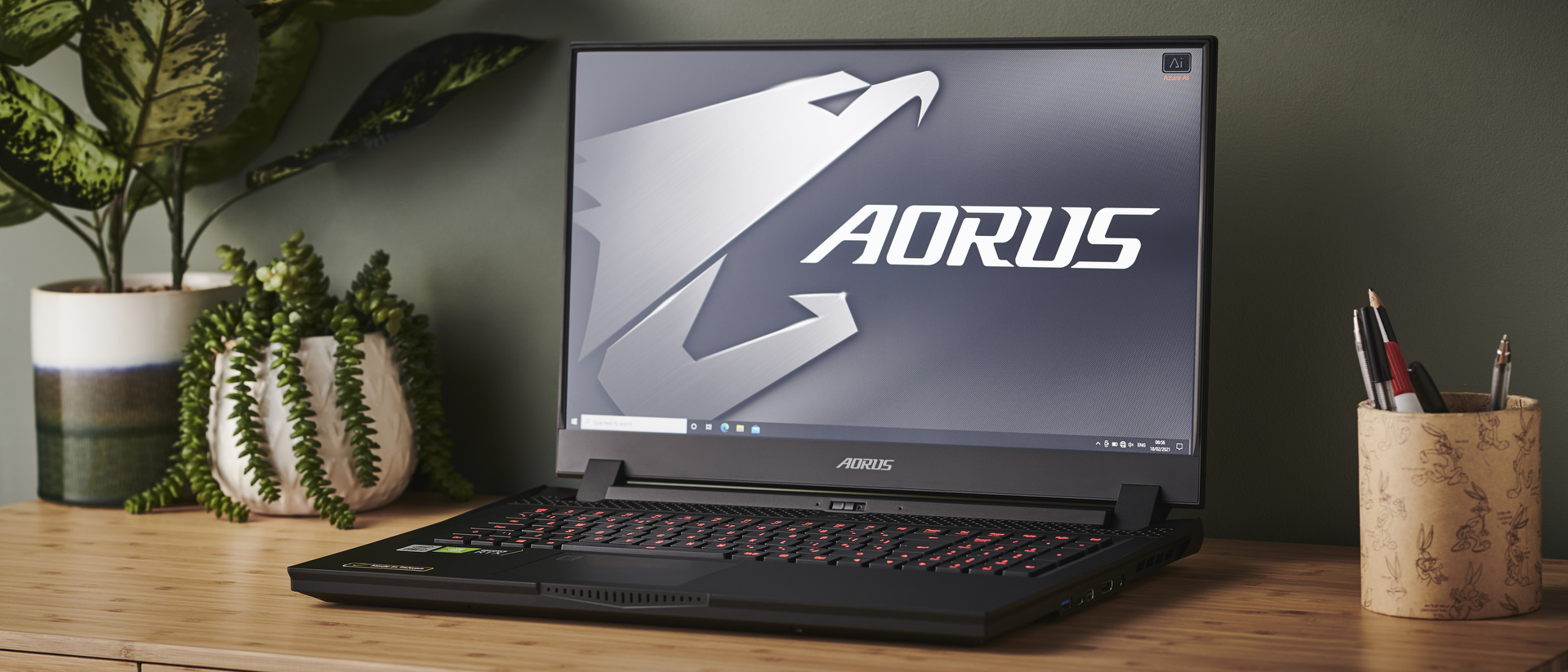TechRadar Verdict
The Gigabyte Aorus 17G is an incredible gaming laptop for anyone looking for an alternative to desktop gaming PCs. With its tactile keyboard and 300Hz refresh rate, this is a great device for competitive gamers who need a portable machine for tournaments or events.
Pros
- +
Incredible mechanical keyboard
- +
Powerful gaming performance
- +
300 Hz display
Cons
- -
No upgraded design
- -
Extremely heavy
Why you can trust TechRadar
Two-minute review
The Gigabyte Aorus 17G didn’t get the memo that gaming laptops have been following a trend of late, discarding the previously chunky aesthetic in favor of a slimmer, more portable build. Instead, this powerful laptop is still rocking the tank-like appearance, and makes no effort to hide its identity as a dedicated gaming machine.
If you liked the previous RTX 2070-powered Gigabyte Aorus 17G (2020) then you’re sure to love the latest offering too – the familiar exterior has been upgraded to contain an Nvidia 3070 laptop graphics card to power the latest AAA games, and the already impressive 240Hz display has been replaced with a faster 300Hz one for an edge in competitive titles.
This is a solid choice for anyone who frequently attends gaming tournaments and hates having to pack an entire desktop computer for the occasion. At $2,099 / £2,199 / AU$3,599 we wouldn’t suggest this for a casual gamer unless you have some cash to burn, but you’re getting a lot of laptop for that sizable investment.
This machine is more intended as a desktop replacement than an ultraportable laptop given its hefty size, weighing in at almost 6 pounds, but you do at least have the freedom to throw this into a bag if required. Think less ‘gaming on the go’ and more ‘dedicated LAN (local area network) party laptop’ for those who need the luxuries usually only afforded in gaming PCs, such as that blazingly fast refresh rate and a tactile mechanical keyboard, but in remote locations.
The lack of upgraded design means there are still a few cons to the Gigabyte Aorus 17G, but these really depend on what you want to use the laptop for. The webcam is still the terrible ‘up-nose’ version seen in last years model, and the sheer size makes it a poor choice for anyone who needs a laptop that won’t feel like they’re ferrying bricks around.
The CPU also sadly hasn’t been upgraded to an 11th gen model, but you’re still getting a powerful Intel Core i7-10870H. When you pair that processor with Nvidia’s latest GPU offering, you get this beast of a laptop that can handle anything you throw its way. Providing you’re not looking for a device that is suitable for both work, school and gaming, the Gigabyte Aorus 17G is a fantastic choice.

Price and availability
Here is the Gigabyte Aorus 17G (2021) configuration sent to TechRadar for review:
CPU: 2.2 GHz Intel Core i7-10870H (8-core, 16MB cache, up to 5GHz)
Graphics: GeForce RTX 3070 MaxQ
RAM: 32GB DDR4
Screen: 17.3-inch FHD (1,920 x 1,080) 300Hz
Storage: 512GB SSD (PCIe)
Ports: 3 x USB 3.1 Gen1, HDMI-out, Gigabit Ethernet, 1 x Thunderbolt 3, 1 x Mic-in, 1 x Headphone-out, 1 x UHS-II SD Card Reader, 1 x mini DisplayPort 1.4
Connectivity: 802.11ax Wi-Fi, Bluetooth 5.0
Weight: 5.95 pounds (2.7kg)
Size: 15.9 x 10.8 x 1.0 inches (405 x 276 x 26 mm); W x D x H
The Gigabyte Aorus 17G is available now, and the configuration we reviewed retails for $2,099 / £2,199 / AU$3,599. This is far from a cheap laptop, but if money is burning a hole in your pocket you can get a more powerful RTX 3080 version for the lowly sum of $2,699 / £2,699 / AU$3,999.
This slots it into a similar price range as the Alienware m17 that starts at $2,149 (about £1,570, AU$1,770) for a similar spec build, but makes it a more affordable option compared to laptops such as the Asus ROG Strix SCAR 17 G733 at $2,999.99 / £2,499 (around AU$3,900) or the Razer Blade Pro 17 ($2,399.99 / £2,249.99 / $4,399).
Its also worth noting that some parts of this laptop can be upgraded at a later date, so the GPU and CPU of the various configurations available is the only thing that needs real attention when making your purchase.
You can open up the back of the laptop with a screwdriver to reveal two M.2 slots for storage, as well as two DDR4 slots where you can upgrade your RAM, giving you some flexibility to install additional hardware should you need it.
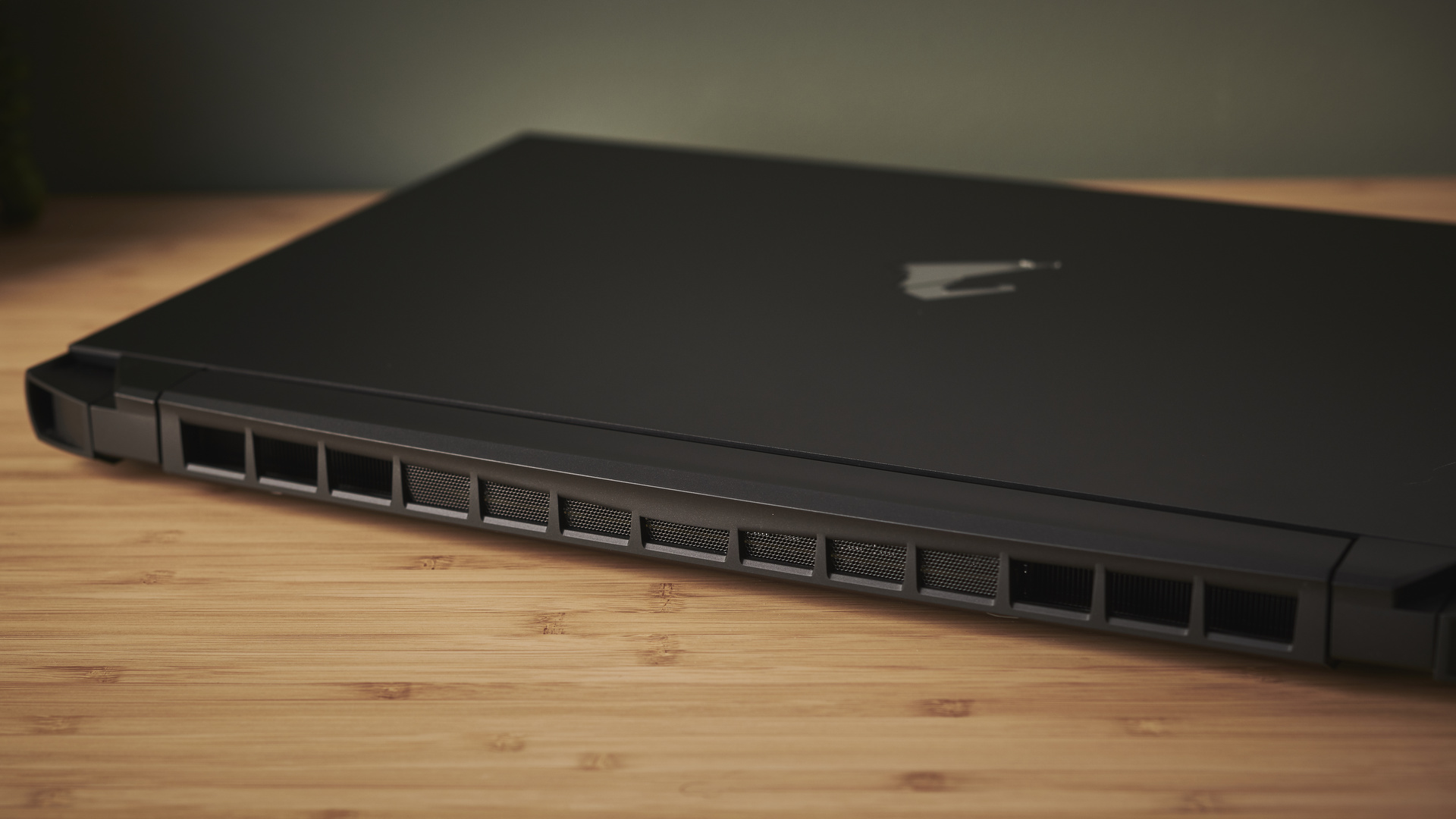
Design
There’s no sugar coating it – the Gigabyte Aorus 17G is thicc. The chunky design feels almost retro when compared to the current skinny offerings from other brands such as the MSI GE66 Raider or the Asus TUF Dash, but that isn’t inherently a bad thing. There's a sense of nostalgia for a time when gaming laptops both looked and felt as heavy as a truck, and opening something that large gave you a sense of real power.
It could of course cause some issues if you’re in the market for something that needs to live in a backpack and travel with you frequently. Given its portable nature as a laptop, this is still an option if you’re feeling up to the task of hefting its near six pounds of weight around all day, but there are much lighter options available for those who game on the go.
You get some serious benefits to the Gigabyte Aorus 17G weighing roughly the same as two boxes of wine though, with a large factor being build quality. We joke about it looking like a tank, but it feels almost as indestructible as one. The chassis is a CNC milled aluminum that didn’t warp or flex in any area that we applied pressure, even around the ventilation located across the top of the keyboard.

And what a keyboard it is. This isn’t a true mechanical keyboard of course, given its need to be crammed into such a slim space, but all the important features are present and makes this undoubtedly one of the best keyboards we’ve ever used on a laptop. The OMRON mechanical switches manage to have a 1.6mm actuation distance despite the cramped conditions and sound delightfully clicky.
Sign up for breaking news, reviews, opinion, top tech deals, and more.
The overall appearance of the laptop doesn’t have an ‘in your face’ gamer aesthetic, but RGB lighting shines through the Gigabyte logo on the lid and throughout the keyboard when the device is open. Without the rainbow lights though, you’d be forgiven for thinking this is an old business laptop. The lack of upgrade to the chassis is understandable, but it’s relatively bland compared to rival offerings currently on the market.
The matte black finish to the aluminum case resists fingerprints relatively well and wipes down easily, so this certainly feels like a laptop that could take some punishment if you’re concerned about buying a more delicate device, though we would stress that it isn’t worth purposefully trying to damage your new hardware to test this yourself.
The power button for the Gigabyte Aorus 17G is located centrally on the open laptop above the keyboard, which prevents it from being pressed when typing. The size of said button is actually rather imposing and makes the layout look a little awkward, but the practical benefits outweigh the loss of visual appeal for anyone who appreciates functional features over aesthetic design choices.

That said, the webcam is located right above the power button as it was on the previous model, so you’re still getting a very unflattering under-chin angle on video calls should you need to make them. Webcams are rarely the selling point of gaming-dedicated devices anyway, but if you need a camera for conferencing or even streaming and broadcasting we would suggest getting a separate webcam.
The webcam position was likely placed on the laptop base due to the slim bezels of the display leaving little room for additional hardware, and if that was the trade-off for having such a nice screen then we think it’s undoubtedly worth it. The 17.3-inch 1080p display is exceptionally color accurate and bright, with an outlandish 300Hz refresh rate, allowing you to play competitive titles like Valorant or Apex Legends in the highest possible FPS.
Along the sides of the device you’ll find three USB 3.2 Gen 1 Type-A ports, a Thunderbolt 3 USB-C port, HDMI, mini display port (DP), ethernet, dedicated audio jacks for both input and output, and even a full-sized SD card reader which makes this a great choice for creative professionals like photographers or 3D artists who need something with some portability.
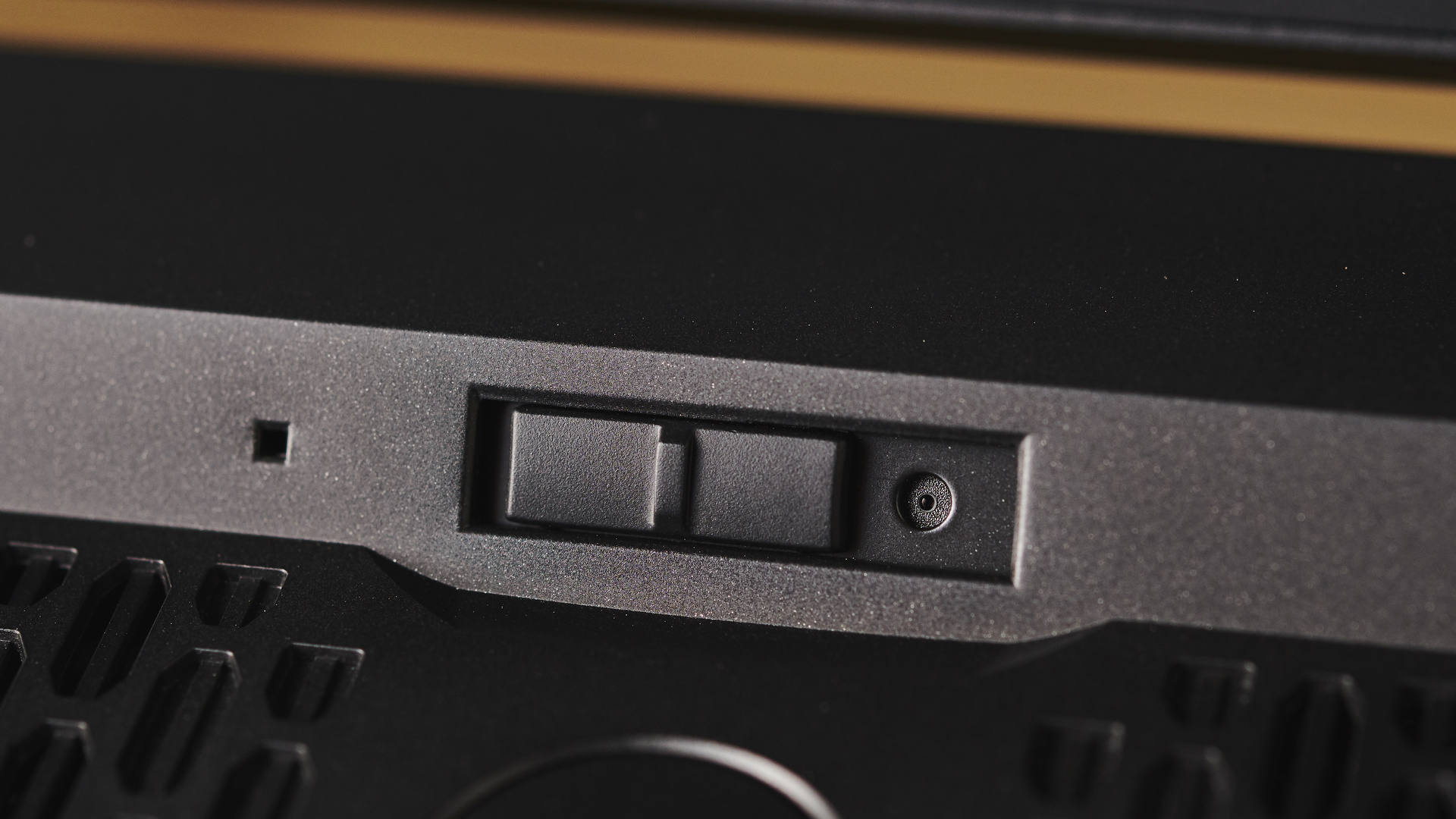
Performance
Here’s how the Gigabyte Aorus 17G (2021) performed in our suite of benchmark tests:
3DMark Night Raid: 42,646; Fire Strike: 20,024; Time Spy: 9,078
Cinebench R20: 3,484 points
GeekBench 5: 1,257(single-core); 7,634(multi-core)
PCMark 10 (Home Test): 6,302
PCMark 10 Battery Life: 6 hours 4 minutes
Battery Life (TechRadar movie test): 6 hours 23 minutes
Total War: Three Kingdoms: 161fps (1080p, Low) 74fps (1080p Ultra)
Metro Exodus: 121fps (1080p, Low), 68fps (1080p, Ultra)
The updated Gigabyte Aorus 17G is one of the latest gaming laptops to come with Nvidia’s new RTX 3000 series of laptop graphics cards, with our review configuration featuring an RTX 3070. The desktop GPUs have been a nightmare to get hold of since release, and with prices being inflated so high, purchasing one of these expensive new gaming laptops is actually looking to be a suitably economical alternative.
You’re getting an Intel Core i7-10870H CPU and 32GB of RAM to help this shiny new addition to the Nvidia GPU family power all of your games and software, making this triple threat easily one of the most powerful gaming laptops currently available on the market – if you can afford it.
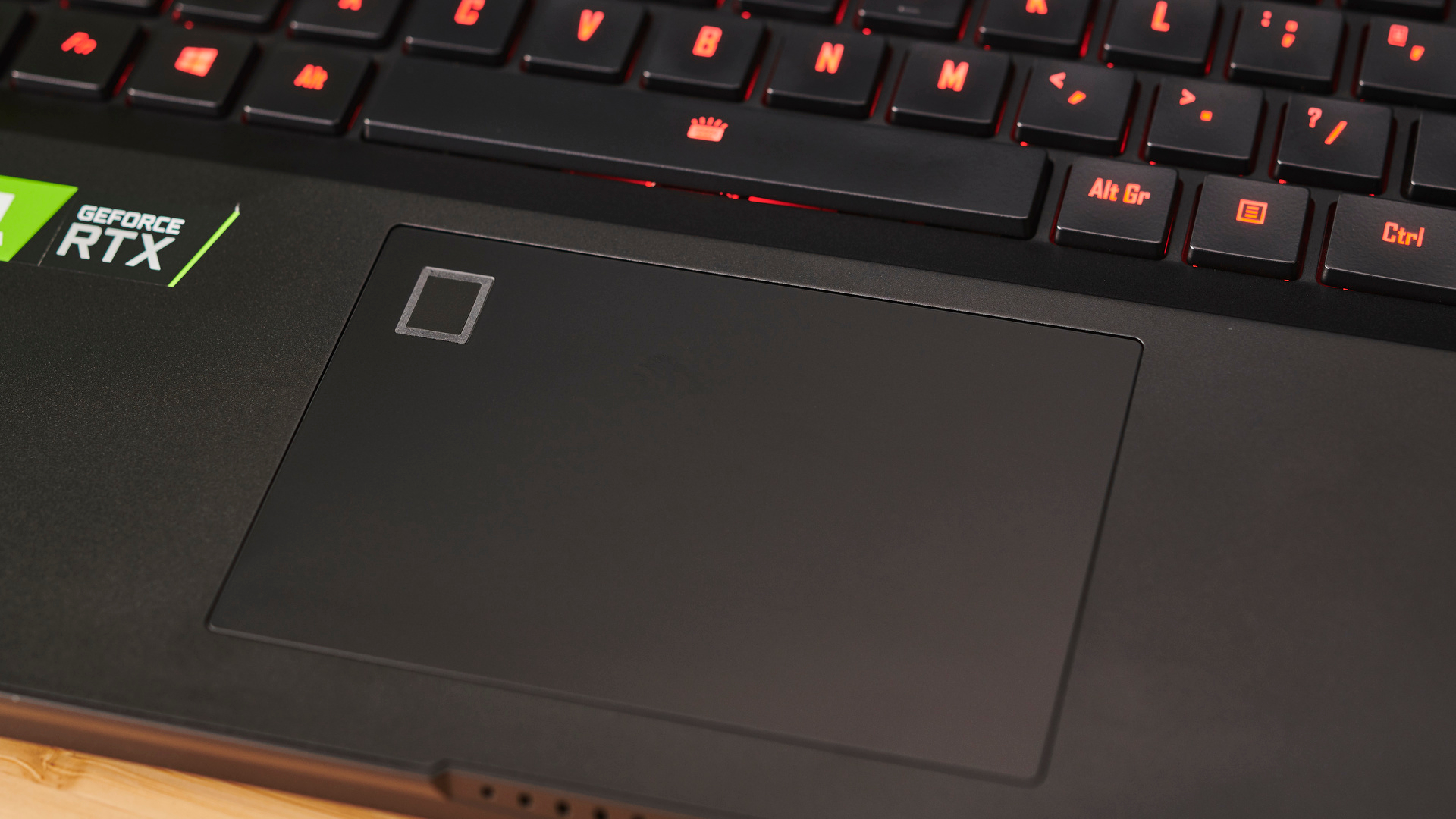
Luckily for those with deep pockets, the specs translate incredibly well to real-world performance. Metro Exodus, a graphically demanding game, scored on average 68fps on Ultra settings which is more than enough to enjoy the title with an incredibly smooth gaming experience.
We also noticed that boot times for games were exceptionally fast too, with titles like Rust launching in under 30 seconds. Anyone who’s agonizes looking at loading screens or boot menus will enjoy the times saved using the Gigabyte Aorus 17G, especially if you’re coming from using much older hardware or game consoles.
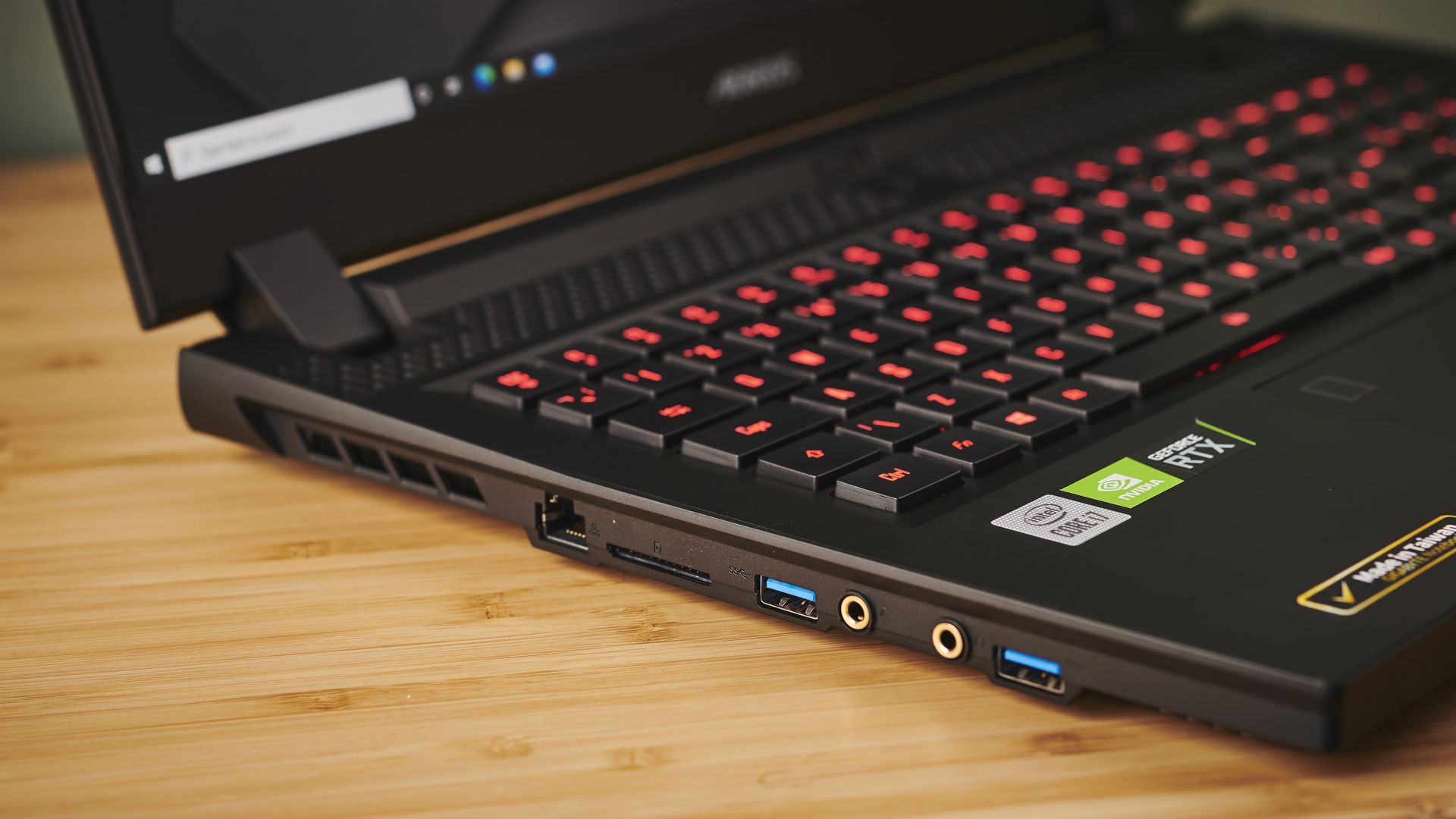
There is also the usual Nvidia RTX benefits to consider, with ray tracing effects being available in supported games to enhance your experience, usually at the cost of frame rate. Only, you’re also getting the benefit of DLSS support, so with the help of machine learning AI you can enjoy the improved graphics without worrying about the impact on the actual game performance.
The 32GB of RAM feels a little overkill for anyone who's solely looking for a dedicated gaming laptop, but if you’re in a creative profession then the additional memory (as well as the many available ports) could make this a good choice for anyone needed a device for remote working. In fact, because that 32GB of RAM makes this a good multitasking machine, this is one of the few gaming laptops that can handle live streaming while gaming with ease, so this is also worth considering if you’re a content creator.
Battery life
The battery life for the Gigabyte Aorus 17G is actually rather impressive for a gaming laptop, allowing for around six hours of use away from a power source. In the PCMark 10 battery test it trundled on for six hours and four minutes, while managing six hours and 32 minutes in the TechRadar home battery test.
This is better than rival products such as the Asus ROG Strix SCAR 17 G733 that achieved a less impressive four hours and 43 minutes in our home battery test, so at least you’re getting some decent longevity in return for the sheer mass of the Gigabyte offering. Our own gaming experience also held up, with multiple Rust sessions easily achieving an average of five hours and 20 minutes.
Gaming laptops aren't known for being able to run on battery for lengthy periods of time, due to how much juice their powerful hardware needs to run effectively, but given a typical gaming session runs between three to five hours this shouldn’t give you any anxiety about playing away from a wall socket.
As previously mentioned though, this beast isn’t the best choice for folk needing a laptop that can game on the go because of its weight, so chances are you’ll spend most of your time plugged into the mains because of the energy you’d need to hulk it around.
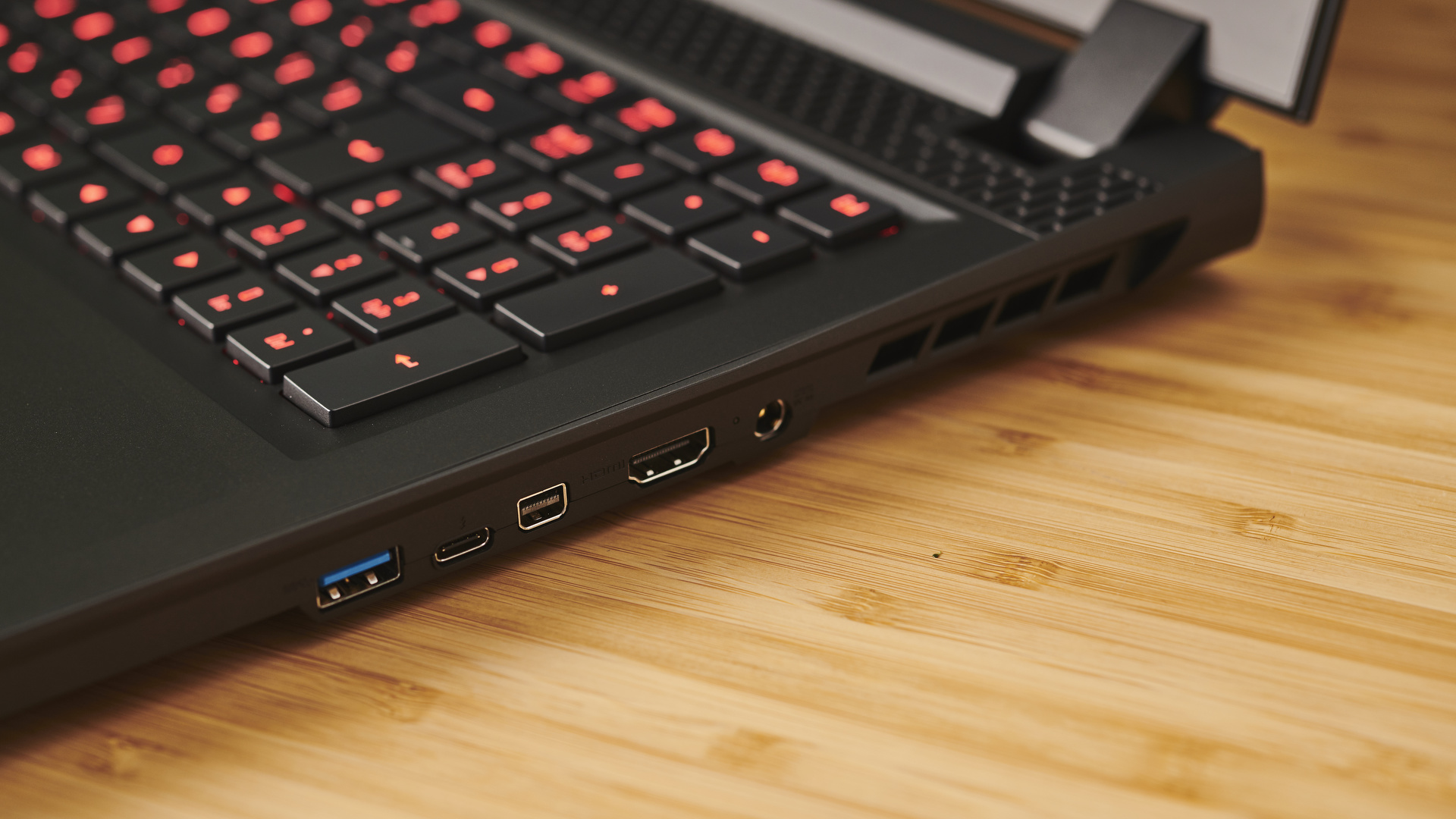
Buy it if...
You want a powerful gaming laptop
Equipped with an RTX 3070, this is one of the most powerful gaming laptops currently available on the market.
You love mechanical keyboards
This is, hands down, one of the best integrated laptop keyboards we’ve ever used, and it sets a fantastic example for how good a laptop keyboard can be.
You need to game away from a power source
It’s a heavy laptop, but for those who want a few extra hours of gameplay on the go, this packs an impressive battery.
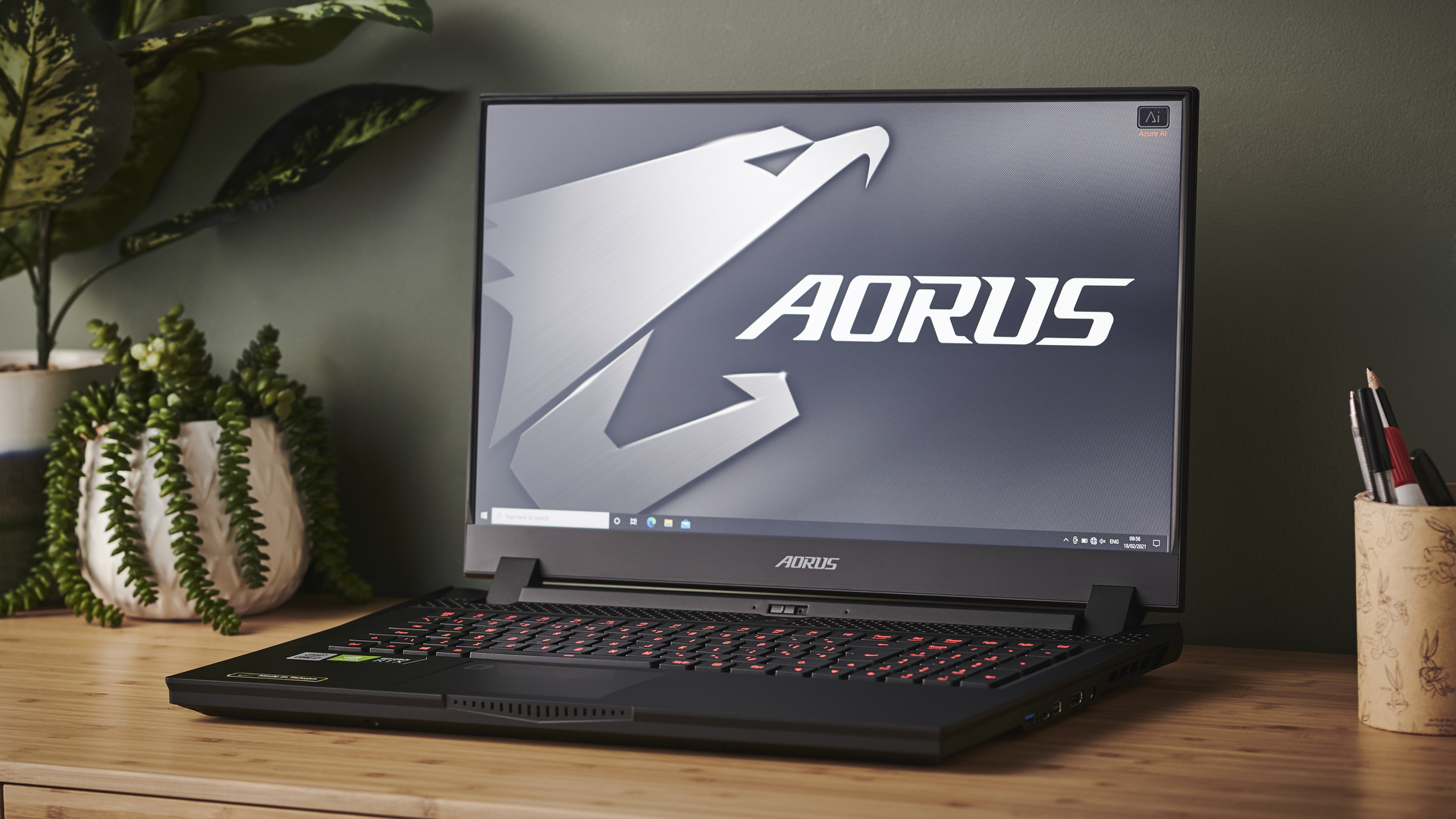
Don't buy it if...
You like the ‘gamer’ aesthetic
Without the RGB lighting on the keyboard, this isn’t the most exciting design we’ve seen on a gaming laptop, and other brands have some interesting-looking alternatives.
You need to carry it around daily
This is a hefty device, so while it is portable, you’re going to need a back massage after hulking it around all day, every day.
You’re on a budget
Being such a powerful laptop comes with a price tag that unfortunately won’t be realistic for many consumers.
- These are the best laptops of 2021

Jess is a former TechRadar Computing writer, where she covered all aspects of Mac and PC hardware, including PC gaming and peripherals. She has been interviewed as an industry expert for the BBC, and while her educational background was in prosthetics and model-making, her true love is in tech and she has built numerous desktop computers over the last 10 years for gaming and content creation. Jess is now a journalist at The Verge.
